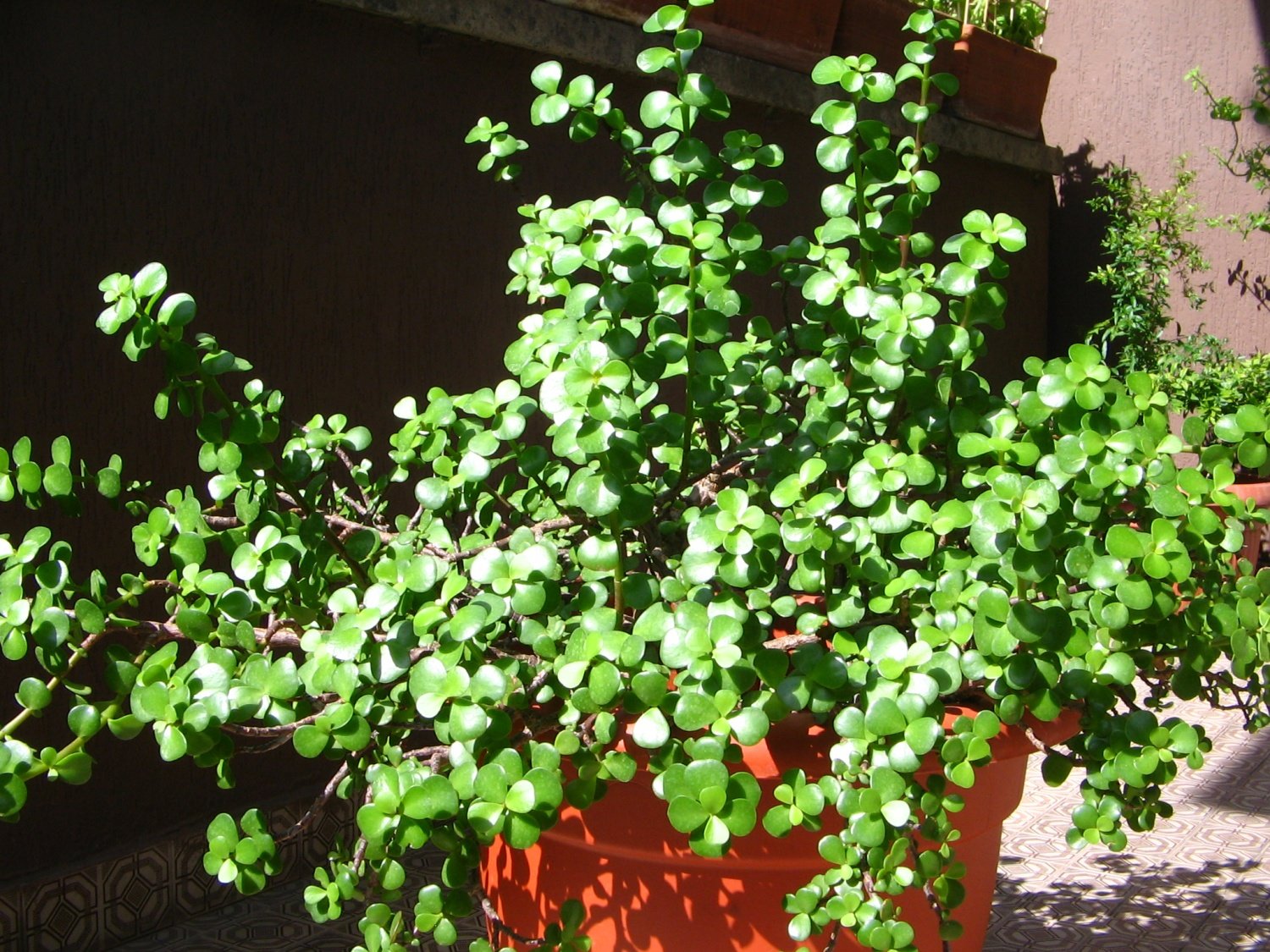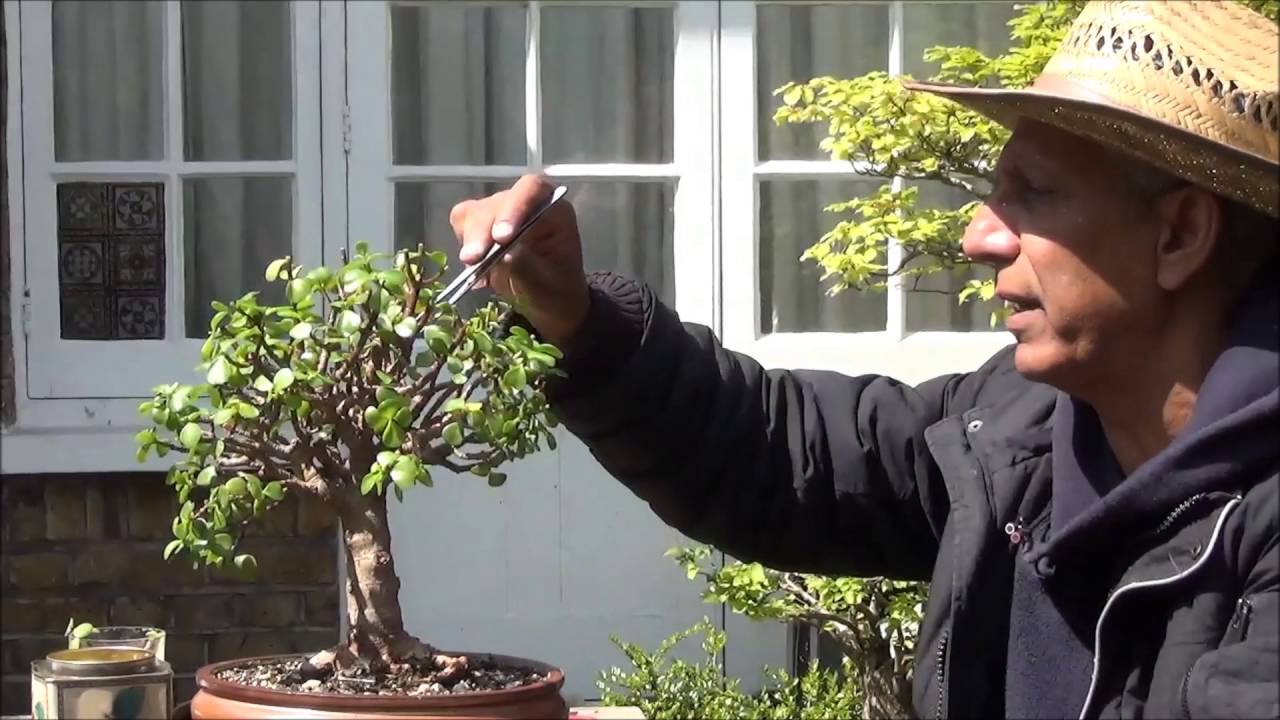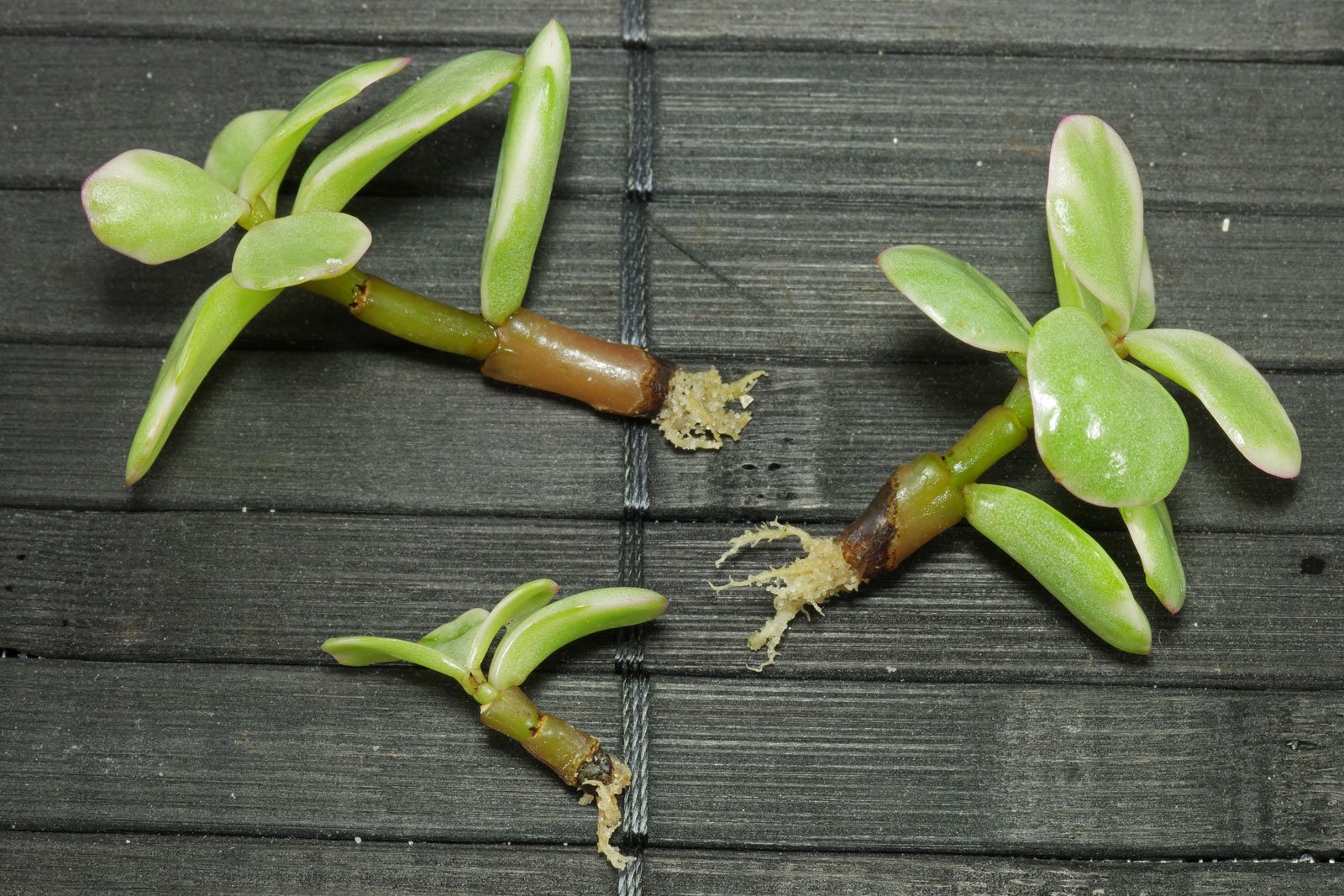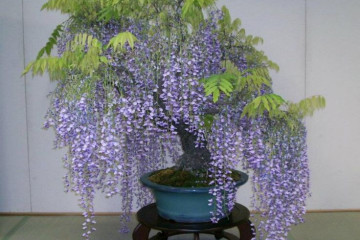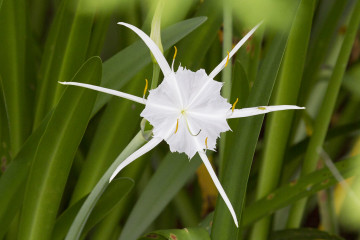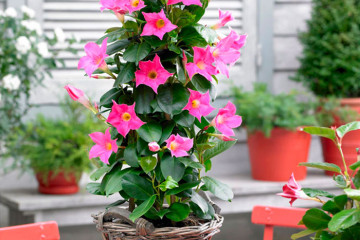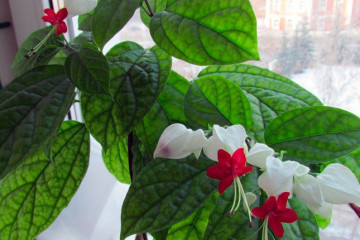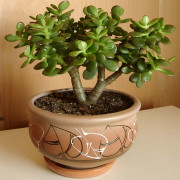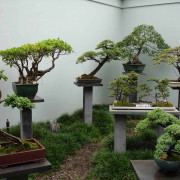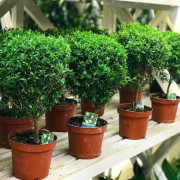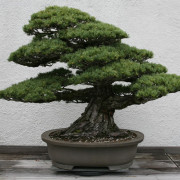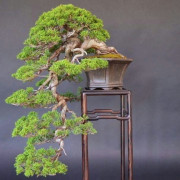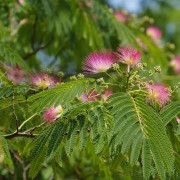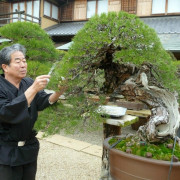Portulacaria afra - home care
Content:
Often, a plant such as portulacaria afra (in Latin portulacaria afra) is used to create bonsai. The unique indoor flower captivates with its unusual appearance and ease of care.
What does portulacaria afra look like, which family does it belong to?
The plant, which is also called the "elephant bush", belongs to the Purslane family. This genus includes 5 species and they are all of the same type.
The plant grows mainly in hot parts of South Africa. But today, purslane is widespread literally all over the world and feels good enough growing at home.
The succulent perennial stands out for its powerful rhizome and fleshy shoots, which are covered with a smooth but strong enough bark. It is painted light brown or even gray. The leaf is 2-3 cm long and 1-2 cm wide, the flower has a fleshy, light green color.
Portulacaria - home care
Before buying a bonsai, it is better to study in advance the information on how to care for a flower at home.
- Temperature
Portulacaria African will grow well at normal room temperature. In the spring and summer, it will be nice to take the flower pot out, for example, to the garden or balcony.
Afra needs only fresh air, so it is better to ventilate the room where the flower is constantly located from time to time.
In winter, the room should not be less than 10 degrees, otherwise the succulent will freeze.
- Lighting
The pot should only be placed in brightly lit areas of the house. Artificial light sources are not required for the succulent.
- Watering
Watering purslane bonsai, like other succulents, is often unnecessary. In the hot summer, it is enough to moisturize the groat only once a week, and in the cold season - once a month.
- Spraying and moisture
In rare cases, a warm shower is arranged for an indoor succulent. This allows you to remove dust accumulated on the leaves.
- Priming
Loose soils are suitable. A prerequisite is the presence of a drainage layer, because the soil of the plant should not be constantly wet.
Fertilizers with a low nitrogen content are applied to the soil once every 2 weeks. In autumn and winter, feeding is not needed.
When and how it blooms
In fact, it will be quite difficult to achieve flowering of an indoor ornamental plant at home. If the flower grows in a greenhouse or in a winter garden, then the chances increase significantly.
You can observe flowering if you arrange artificial conditions for the purslane, very close to real ones. In addition, a dormant period is mandatory, after which the flowering phase begins.
The houseplant blooms with small flowers that have a pale pink tint. The flowers are 5-petaled, collected at the ends of the branches. The length of the inflorescences is 7.5 cm.
The color appears from February to April in natural conditions. With home care, succulents rarely bloom due to the constant formation of the crown.
Pruning
Purslakaria at home requires pruning. This will allow you to form the crown of the flower and embody the most daring ideas in reality.
In addition, pruning will slow down the growth of the flower.
It is best to harvest young shoots in the spring. After pruning, the flower should be watered less often, otherwise the soil may rot.
Reproduction methods
Pruning and pinching variegated portulacaria are important steps in plant care. Reproduction can also be carried out by seed, but this is very difficult.
To get a healthy and beautiful plant, you should choose a strong lateral shoot with 2-3 leaves. In just a few days, the first roots will appear.
Transfer
The attractive succulent plant does not like constant pot-to-pot transplants. If you need to transfer the plant into a large container, you should not disturb the earthy clod in the roots. You just need to take it out, and then place it in a new flower pot and sprinkle it with soil.
Possible growing problems
In fact, portulacaria afra variegata is a universal flower, but it is still important to know why its appearance may deteriorate.
Why is it dropping leaves? Sometimes variegated purslane can shed foliage due to low lighting. If the soil is constantly wet, then the leaves initially turn yellow, and then fall off.
In fact, this plant is resistant to pests, however, sometimes with the wrong care, portulacaria afra variegata can be affected by powdery mildew. Rarely enough, parts of the plant are affected by aphids, mealybugs and scale insects.
The leaves of a flower can become wrinkled if it lacks moisture.
Portulacaria today has become an integral part of office space, where it fits perfectly. In warm regions, the flower is used to decorate the landscape or alpine slides in the winter garden. It will also be interesting to form a bonsai with your own hands, which will look spectacular in the living room.
